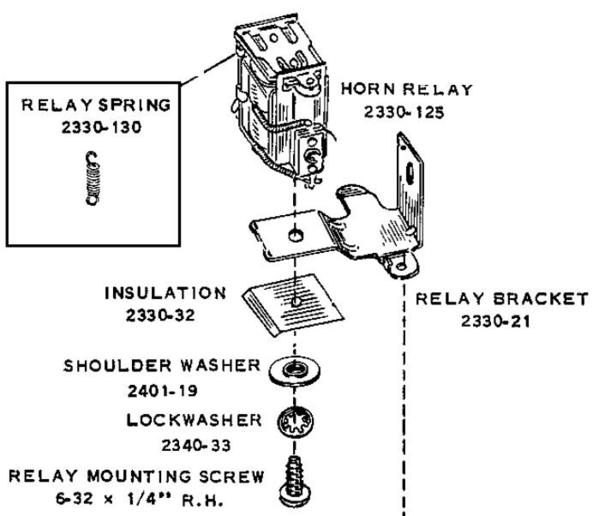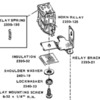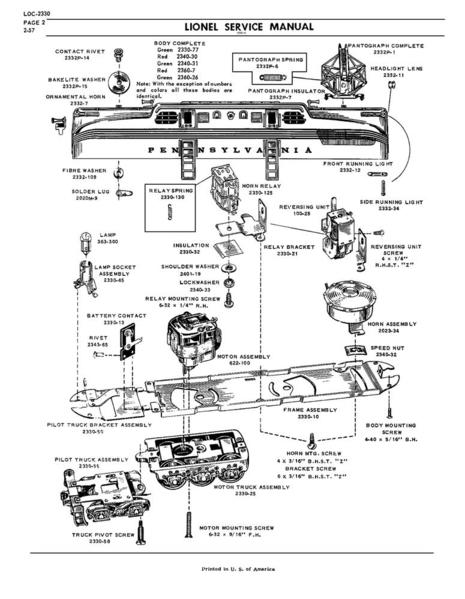When I activated the whistle in my recently purchased Lionel Classics Fireball Express for the first time, all I heard was a buzzing sound as if the relay coil was energizing, but the armature (hinged plate) was not being pulled to the coil. Disassembly required removing four screws to separate the tender shell from the frame. The harder part was to remove an interior red-painted shell/baffle which had the simulated coal load attached with a bolt and screw. This baffle had FIVE crimped tabs which required straightening for removal from the tender frame in order to gain access to the whistle relay. Once carefully removed, I could mechanically close the relay armature and the whistle worked! So after carefully tracing the wiring and deciding all connections were properly soldered, I then proceeded to examine the relay armature tension and deduced the spring attached had way too much tension and so, on a whim, removed it. Voila, the armature was then attracted to the energized coil and the whistle blew! Letting up on the whistle button let the armature drop down by gravity without the unnecessary spring tension. I also carefully adjusted the contact strip on the armature so there was an adequate gap between the contact points. After more testing, I reassembled the tender being careful to twist and NOT bend the baffle tabs so they would be easier to remove in the future. I tossed the aforementioned troublesome spring into my parts cabinet drawer. SUCCESS! ![]()
Original Post
Replies sorted oldest to newest








